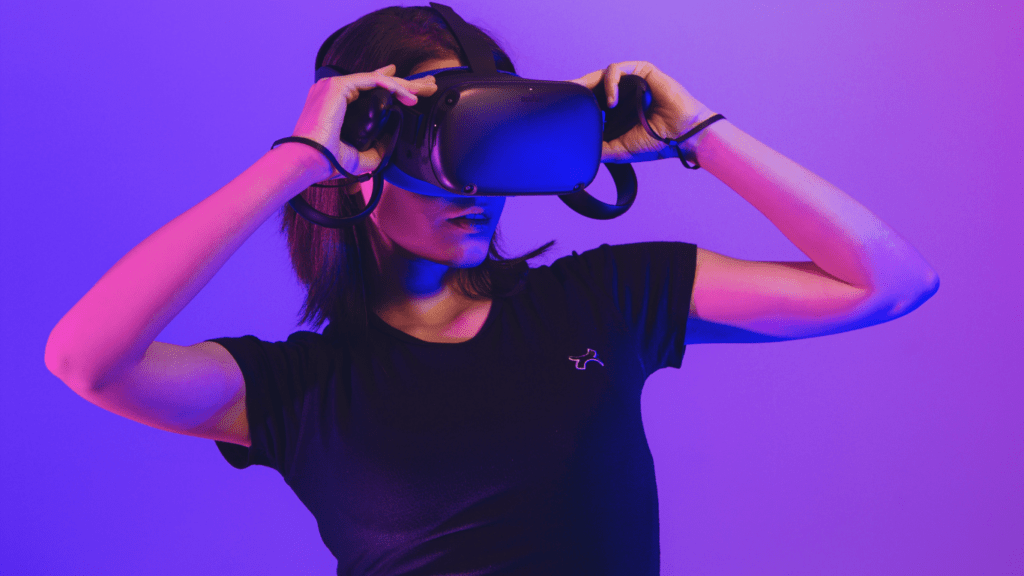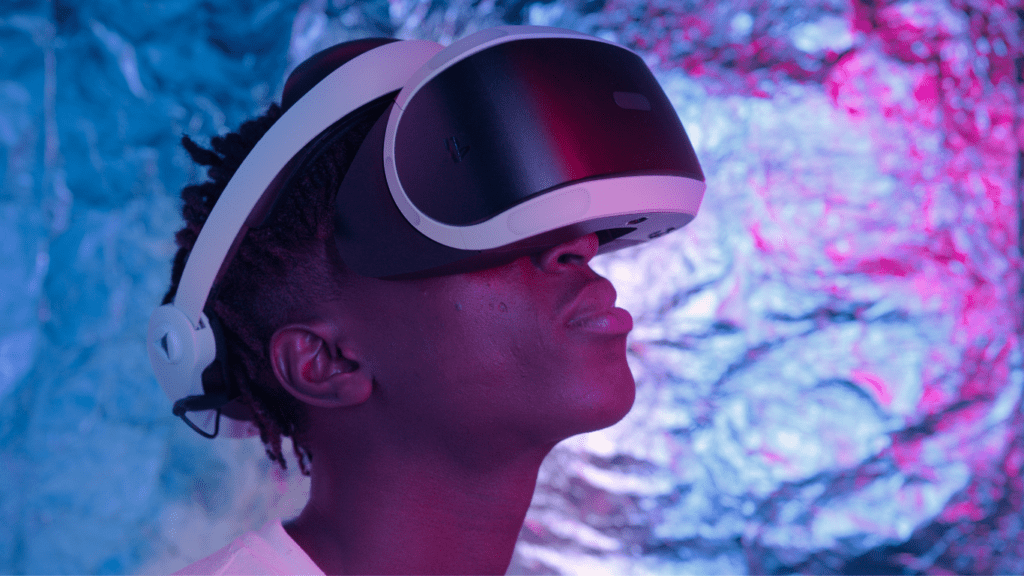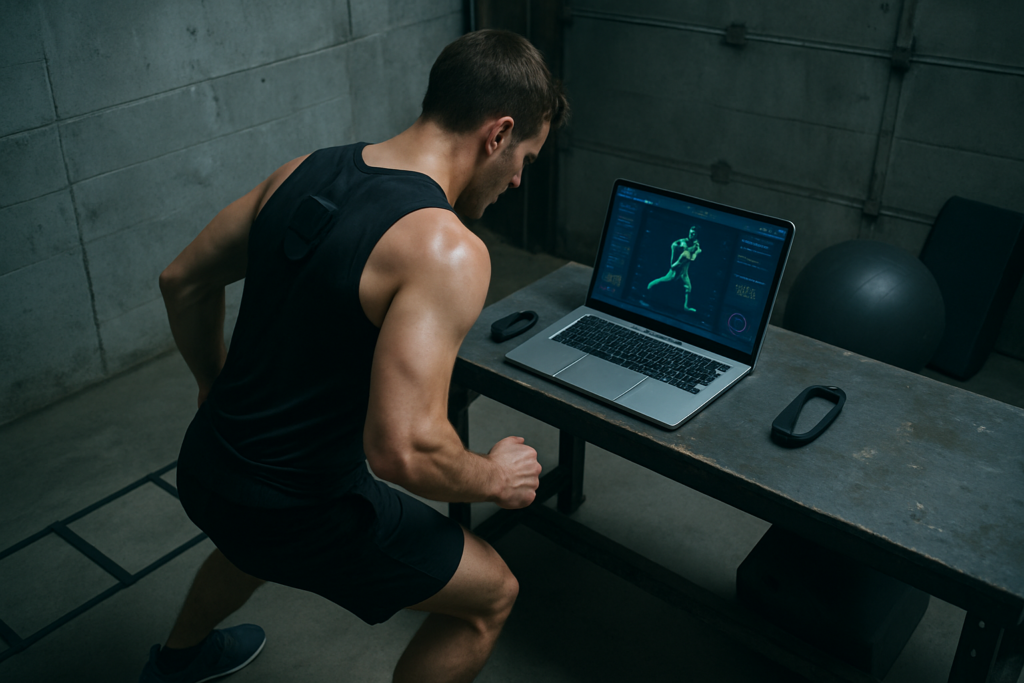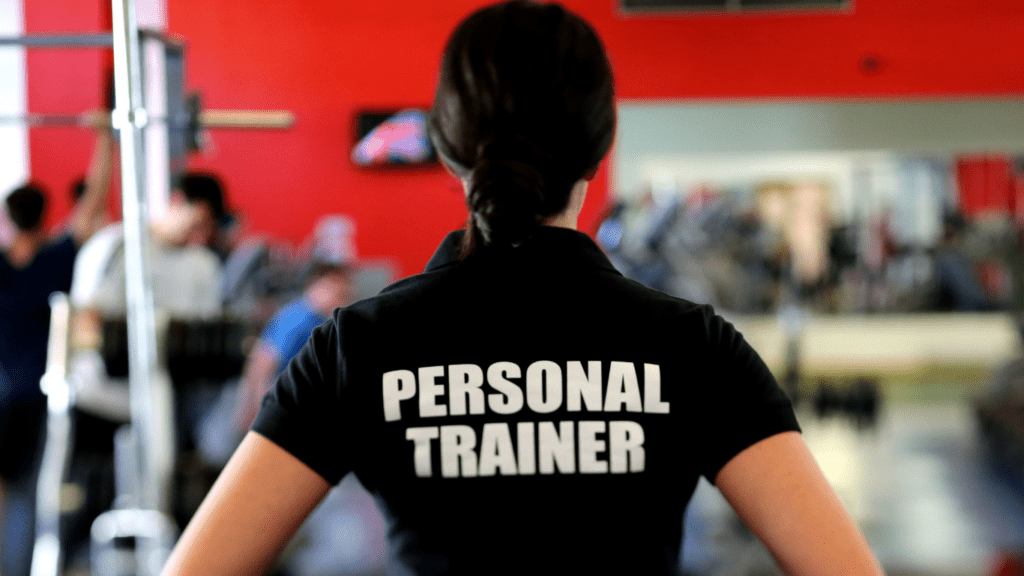As a fitness enthusiast and sports fan, I’ve been fascinated by how technology transforms training methods. Recently, virtual reality workouts have started to make waves in professional sports, offering athletes immersive experiences that go beyond traditional training.
This innovative approach not only enhances physical conditioning but also sharpens mental focus, making it a game-changer in the competitive world of athletics. With VR, athletes can simulate game scenarios, practice skills, and analyze performance in real-time, all while minimizing the risk of injury.
As more teams and athletes embrace this cutting-edge technology, it’s clear that virtual reality is not just a passing trend but a powerful tool that’s reshaping how we think about training in sports. Let’s dive into how VR workouts are gaining ground and what this means for the future of athletic performance.
Overview of Virtual Reality Workouts
Virtual reality workouts integrate advanced technology into athletic training, offering unique advantages that traditional methods can’t match. These workouts immerse athletes in lifelike environments, enabling enhanced skill development and performance analysis.
Athletes using VR workouts experience higher levels of concentration and motivation. The ability to visualize strategies and anticipate opponent moves fosters cognitive skills relevant to their sport. VR workouts create personalized training experiences that adapt to individual needs, improving overall effectiveness.
Benefits of Virtual Reality Workouts in Sports
Virtual reality workouts present numerous advantages for athletes, offering enhanced training methodologies and improved performance. These benefits contribute significantly to the evolution of athletic training.
Enhanced Training Efficiency
Enhanced training efficiency emerges as a primary benefit of virtual reality workouts. Athletes can mimic specific game situations that demand split-second decision-making, allowing them to practice more effectively.
- Targeted Skill Development: VR systems focus on individual skills, such as shooting or passing, at a higher intensity than traditional methods.
- Real-Time Feedback: Athletes receive immediate performance feedback, enabling them to analyze and correct errors during training sessions.
- Controlled Environments: By simulating competitive scenarios in structured settings, VR minimizes distractions and maximizes concentration.
Improved Athlete Performance
Improved athlete performance stands out as another compelling benefit of incorporating VR in training routines.
- Increased Mental Toughness: VR workouts engage athletes mentally, reinforcing their focus and allowing them to handle pressure effectively.
- Enhanced Cognitive Skills: Athletes develop advanced decision-making skills and situational awareness by practicing in simulated environments.
- Adaptive Training Programs: Customized virtual workouts adjust to the athlete’s progress, ensuring continual challenge and growth.
By leveraging these benefits, professional athletes optimize their training and performance through virtual reality, reinforcing its role as a pivotal element in modern sports preparation.
Adoption of Virtual Reality in Professional Sports
Adoption of virtual reality (VR) in professional sports continues to gain momentum, with teams integrating this technology into their training regimens to improve athlete performance. As VR systems evolve, the benefits they offer become increasingly pronounced.
Case Studies of Successful Implementation
- NBA Example: The Philadelphia 76ers utilize STRIVR, a VR training platform, to enhance player decision-making skills. By simulating game scenarios, players refine their tactics and experience real-time feedback, resulting in improved in-game performance.
- NFL Approach: The Washington Commanders have incorporated VR training solutions to prepare quarterbacks for complex defensive strategies. This method allows athletes to visualize plays against live opposition, leading to quicker decision-making and greater on-field effectiveness.
- NHL Case: The New Jersey Devils employ VR technology to help forwards and defensemen practice shooting techniques in various game situations. This immersive training enhances muscle memory and reinforces shooting accuracy, giving players a competitive edge.
The Future of VR in Sports Training
The future of VR in sports training is poised for exponential growth. With technological advancements, I anticipate an increase in customizable training programs tailored to individual athlete needs. Enhanced data analytics will offer deeper insights into performance metrics and skill development.
Integration of artificial intelligence will further refine VR workouts, adapting in real-time to athletes’ cognitive responses and skill levels. As VR becomes more mainstream, professional sports organizations that embrace these innovations will likely see notable improvements in performance outcomes, injury reduction, and overall team cohesion.
Challenges Faced by Virtual Reality Workouts
Virtual reality workouts face several obstacles that hinder widespread adoption in professional sports. Understanding these challenges helps navigate the integration of this innovative training tool.
Technical Limitations
Technical limitations often restrict the effectiveness of VR workouts. Lagging software can disrupt simulations and undermine the immersive experience essential for real-time training. Inaccurate motion tracking leads to imprecise feedback, impacting skill development.
Additionally, current hardware may not support high-end graphics, which can detract from realism. Expanding the capabilities of VR systems is crucial to address these issues, as enhancements in visual fidelity and responsiveness can significantly improve training outcomes.
Acceptance by Athletes and Coaches
Acceptance by athletes and coaches presents another challenge. Some athletes hesitate to embrace VR due to a perceived lack of traditional training methods and concerns about effectiveness.
Coaches may also find it difficult to integrate VR into established training regimens or may not fully understand its potential benefits. Providing thorough education and hands-on experience with VR can facilitate acceptance. Designed workshops and demonstrations can showcase its effectiveness, helping build trust in this evolving training tool.




